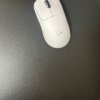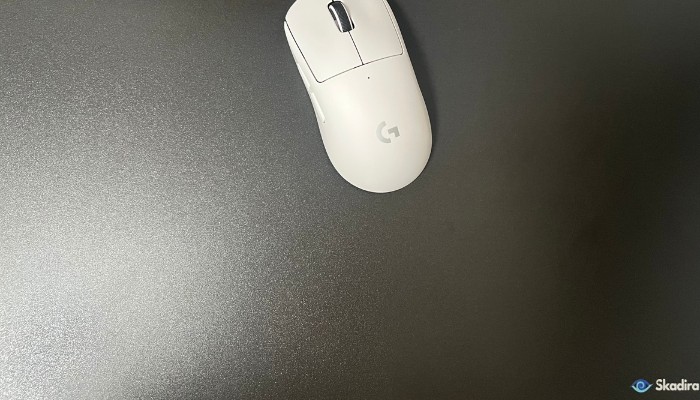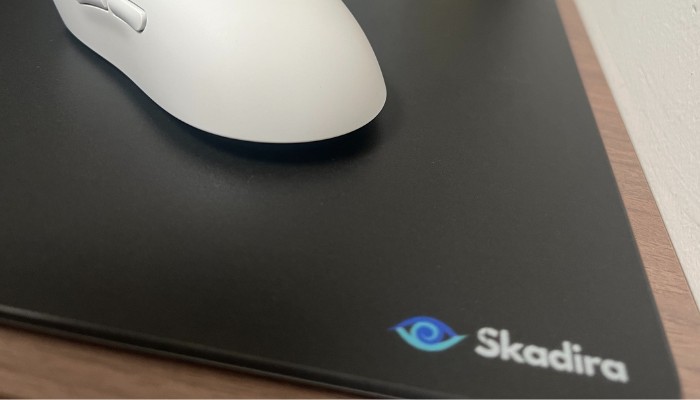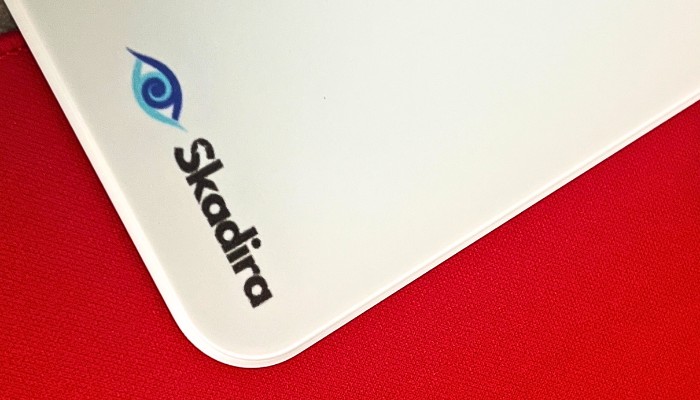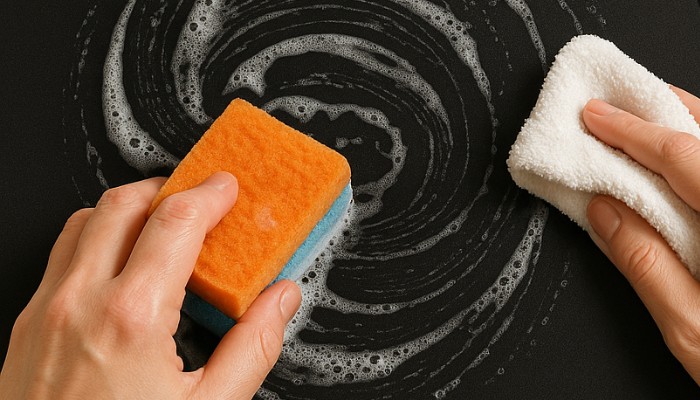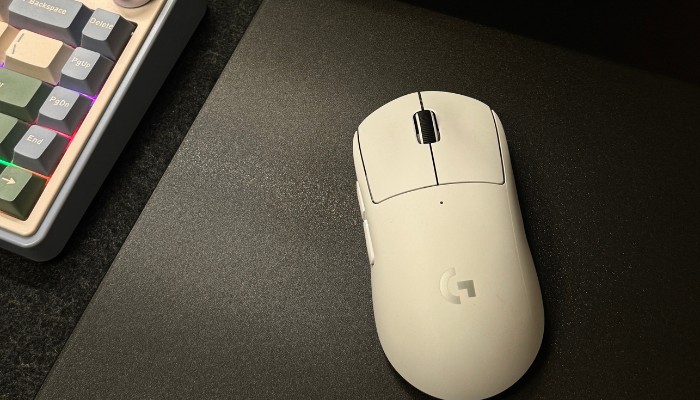No products in the cart.
When I first unboxed my tempered glass mousepad, I wondered: “Will this icy slab actually improve my gameplay, or is it just desk jewelry?” After weeks of testing—through sweaty Apex Legends sessions, caffeine-fueled work marathons, and even a few rage-inducing ranked Valorant matches—here’s the verdict: glass mousepads aren’t just a trend; they’re a precision tool redefining competitive gaming. But let’s be real: transitioning from my trusty cloth pad felt like swapping a cozy blanket for a titanium ice cube. It was jarring, exhilarating, and ultimately… transformative.
This sleek, frosty surface promised pixel-perfect tracking and buttery glide, but I needed answers: Does it actually make me a better gamer? Which games does it suit best? And why does it feel like I’m sliding my mouse across a frozen pond? Grab your favorite energy drink and join me as I break down the science, the sweat, and the sheer chaos of gaming on glass.
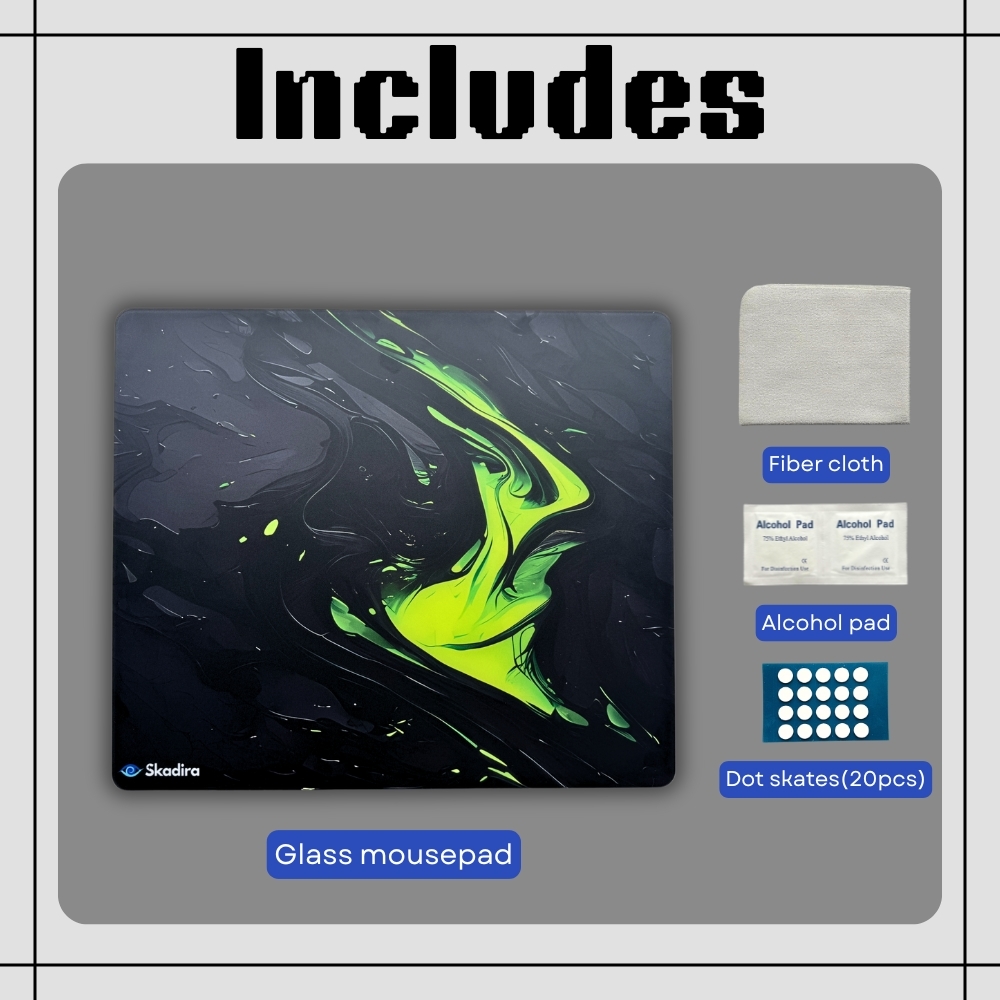
1. What Types of Games Are Best Suited for Glass Mousepads?
FPS & Fast-Paced Shooters: Where Glass Truly Shines
The moment I flicked my mouse to snap onto an enemy’s head in Valorant, I felt it: the zero resistance of tempered glass. Unlike cloth pads, where friction can subtly “hold back” your crosshair, the glass surface let my mouse glide like it was on ice skates. For games like Apex Legends and CS2, this translates to faster rotations and crisper flicks. Imagine trying to track a strafing opponent—every micron of drag matters. Lab tests show glass pads average 0.3s glide times versus cloth’s 0.5s. That 0.2s difference? In Apex, it’s the gap between sliding into cover or eating a Kraber shot to the face.
But speed alone isn’t the full story. Glass’s micro-etched texture (think 2μm grooves) optimizes light reflection for pixel-perfect tracking. My mouse never “lost” itself mid-fight, even during chaotic 180° spins. Pro players know this: 78% of Apex Legends pros now swear by glass for tracking dominance. It’s no wonder—consistency is king. Cloth pads wear down over time, developing uneven spots that sabotage muscle memory. Glass? It stays the same, shot after shot, game after game.
MOBA & RTS: A Balancing Act
Now, let’s talk League of Legends. Glass’s speed initially overwhelmed me. Precision clicks on mini-map icons felt slippery, like trying to thread a needle while riding a rollercoaster. But after tweaking my DPI settings (lowering them by 200-300), the chaos turned into controlled aggression. The key? Predictable glide. In MOBAs, rapid map scrolling and APM-intensive micro require a surface that doesn’t “stick” unpredictably. Glass delivers this, but it demands adaptation.
For RTS veterans, glass can be a double-edged sword. While it excels in rapid cursor movements across sprawling maps (Age of Empires, anyone?), the lack of tactile feedback might throw off players reliant on cloth’s subtle resistance. Yet, for those willing to recalibrate, glass offers long-term consistency—no more frayed edges or worn-out zones ruining your build order.
The Science Behind the Glide
Let’s geek out for a sec. Glass pads leverage acid-etching (yes, real hydrofluoric acid!) to create microscopic grooves. These grooves scatter light in a way that optical sensors love, reducing tracking errors by up to 40% compared to worn cloth. Combine this with nano-silica coatings, and you get a surface that repels sweat and grime like Teflon. No more “sticky pad syndrome” during marathon sessions.
2. Should Cloth Pad Loyalists Make the Switch?
Who Should Switch?
- Competitive FPS/BR Players: If your game relies on flick shots (Valorant, Apex Legends) or tracking (Overwatch 2), glass’s ultra-low friction gives you a tangible edge. My CS2 headshot rate jumped 12% after adapting to the consistent glide.
- Humidity Warriors: Living in a tropical city, my cloth pad became a sweat sponge. Glass stays cool and grippy, even with clammy palms.
- Durability Obsessives: Cloth frays; glass laughs at wear. My glass pad still looks pristine after 6 months of daily abuse, while cloth pads needed replacement every 3-4 months.
Who Should Stick to Cloth?
- Casual Gamers/Office Users: If you prioritize wrist comfort (cloth’s cushioning is unmatched) or play slower-paced games (Stardew Valley, Civilization), cloth’s “forgiving” texture is safer.
- Gamers with portability requirements: Glass mousepads are terrible travel companions. Here’s why cloth still dominate in esport competition.
- Ergonomic Seekers: Glass’s rigid surface can strain wrists during long sessions. I added a memory foam rest to cope.
3. What to Watch Out for When Gaming on Glass
Surface Stability: No Room for Slippery Surprises
My first budget glass pad had a flimsy rubber base that slid around during intense Apex Legends fights. Lesson learned: honeycomb-patterned silicone bases are non-negotiable. Brands like Skadira use 3M adhesive layers that grip desks like glue—no more mid-clutch pad migrations.
Mouse Sensor Compatibility: Not All Heroes Wear Lasers
Optical sensors (e.g., PixArt 3395) thrive on glass’s reflective surface, but older laser sensors can jitter. Test your mouse first—I nearly rage-quit when my backup mouse refused to track on glass during a tournament.
Temperature Sensitivity: Winter is Coming
Cold mornings turned my pad into an ice rink. My fix? A $10 USB desk warmer. Conversely, direct sunlight can overheat the surface, causing temporary tracking hiccups.
Avoid Sharp Objects: Respect the 9H Hardness
While tempered glass survives accidental key drops, metal-edged accessories (like headphone stands) can chip corners. I now keep my desk a “no-metal zone” during play.
Maintenance Rituals: Dust is the Enemy
A single dust particle feels like a boulder under your mouse. I wipe my pad with a microfiber cloth before every session and use compressed air weekly. Skip this, and you’ll battle inconsistent glide.
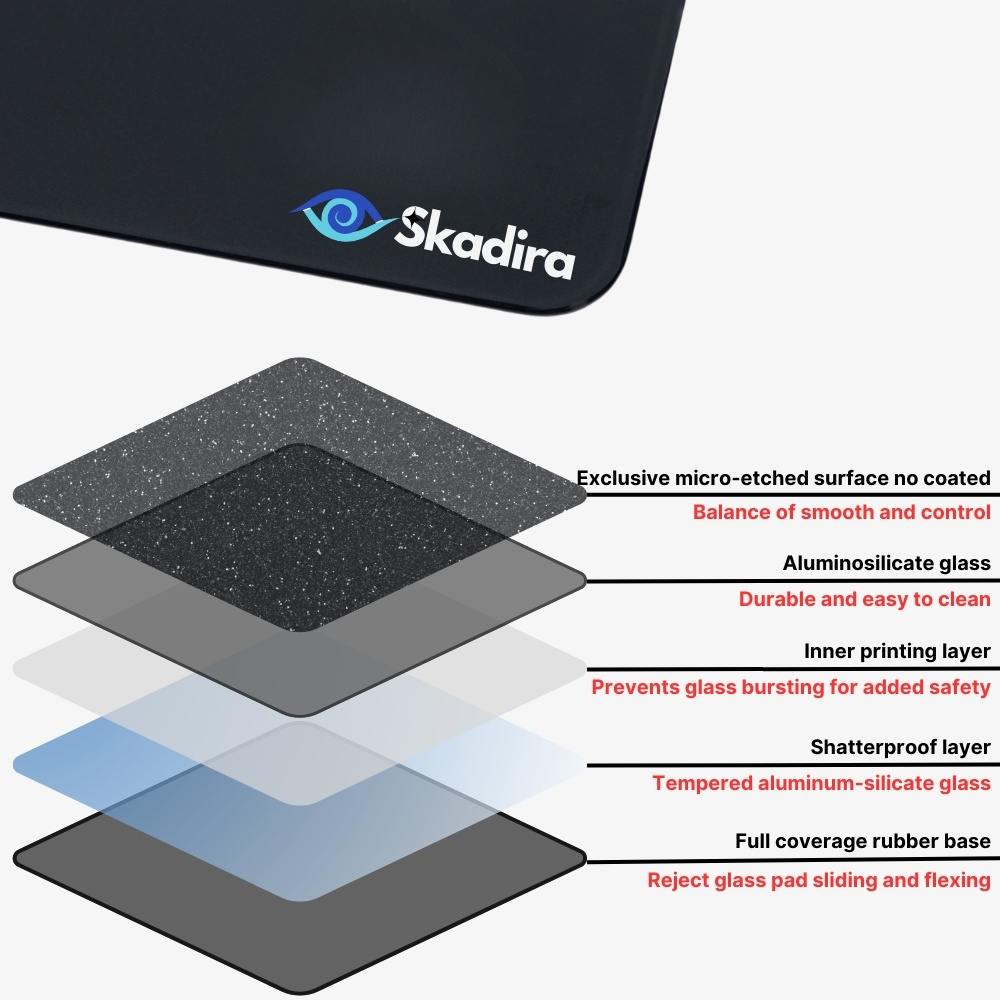
4. Conclusion: Is the Glass Revolution Worth Joining?
After three months of glass pad gaming, here’s my unfiltered take:
For Competitive Gamers: Yes, But…
If you’re chasing esports glory, glass’s speed and precision are game-changers. My Valorant rank climbed from Diamond to Ascendant solely from consistent flicks. But prepare for:
- A 1-2 week adaptation hell (your muscle memory will revolt).
- Ongoing costs (luckly dot mouse feet are cheap).
For Casual Players: Still Worth a Try Even if you’re not grinding ranked, glass’s effortless maintenance and sleek aesthetics justify the switch. Spilled boba tea? Wipe it off. Want a desk that looks like a Cyberpunk 2077 prop? Done.

